Boolean operators such as AND (narrows) and OR (broadens) are used to join search terms together.
Use OR to broaden your search. For example, if you search advertising OR commercials, you will find articles that include both terms.

In contrast, use AND and NOT to narrow your search. For example, if you search advertising AND commercials, you will only find articles that include both terms.

And, if you search advertising NOT commercials, you will find articles that include the word advertising except for those that also include the term commercials. In Google, use a minus sign instead of NOT (e.g. advertising -commercials).

Truncation allows a search engine to look for variant endings of a word. Use a symbol (* is the most common) at the end of a truncated word. Truncation broadens or expands your search.
Some databases also allow you to use a symbol at the beginning or in the middle of a word
You can use multiple search strategies simultaneously.
Example: 
"midsummer night's dream"
AND
power*
AND
gender OR sex
The screenshot above shows the advanced search screen. This same search can also be done in a basic search screen:

NOTE: Boolean or Logic Operators (AND, OR, and NOT) work best in all caps, but some databases will recognize them in lowercase.
Quotation Marks are used to search for a specific phrase when the words need to be in a specific order to convey their meaning. This strategy will limit or narrow your search in a way that is targeted or strategic to get the information you want.

Copyright @ The Regents of the University of California. All rights reserved.
